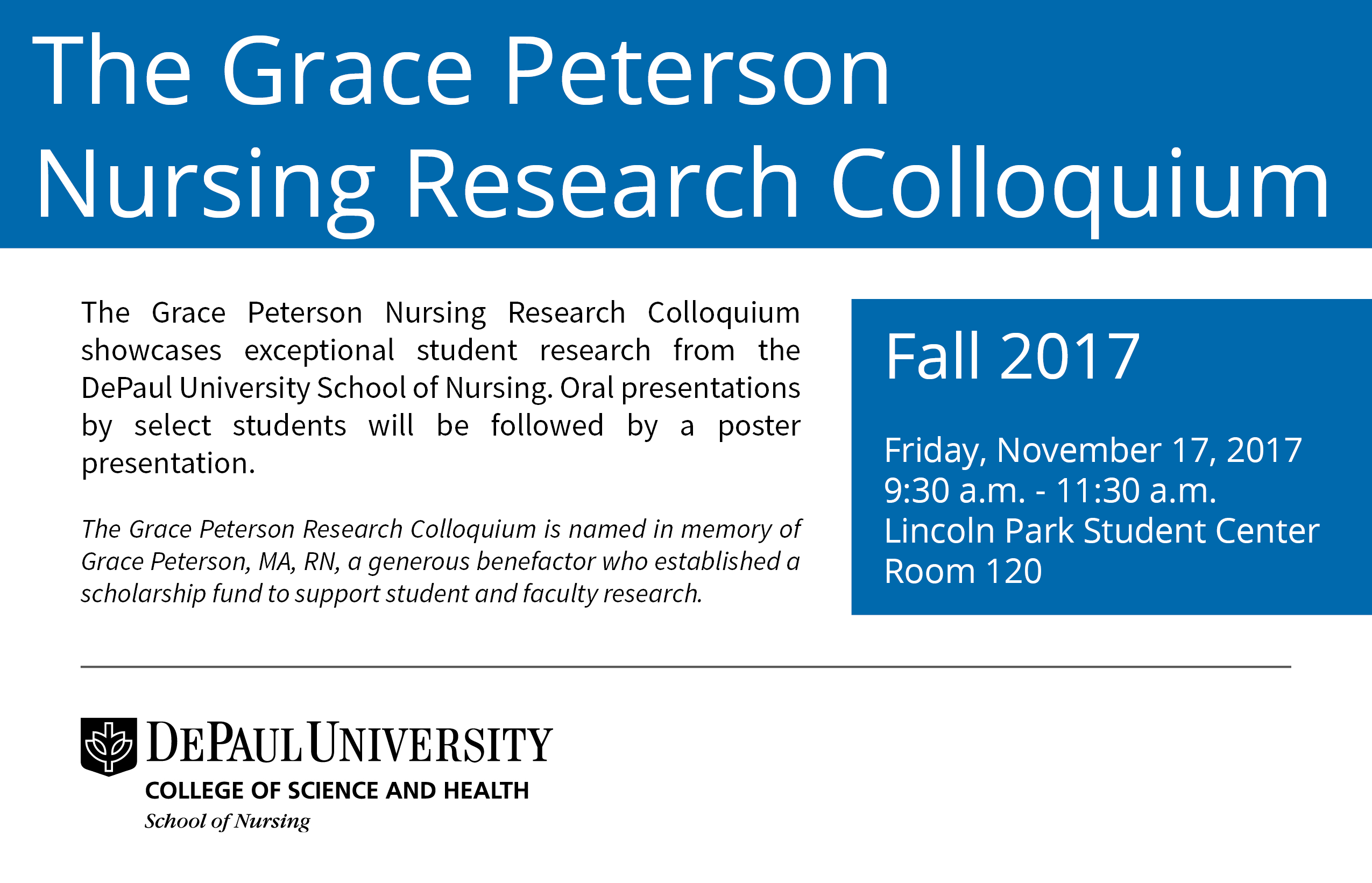Title of Research
Start Date
17-11-2017 10:00 AM
Abstract
Background: The second leading cause of death for the geriatric population in the United States, persons aged 65 years and older, is cancer. The over 65 population comprises most cancer diagnoses and presents a high mortality rate. The terminally-ill, geriatric oncology population also is among the most complex due to comorbidities and other special considerations (McCarthy et al., 2014, p. 197).
Objective: The purpose of this integrative literature review was to answer the following questions: What resources are currently available to help guide the care for geriatric, terminally ill oncology patients? Are the current resources sufficient to determine optimal care for terminally ill geriatric oncology patients?
Methods: Articles were found using a computerized search of literature using Cumulative Index to Nursing and Health Literature (CINAHL), PsycInfo and ProQuest. The following terms were searched in the databases: Oncology, oncological, cancer, terminal, end of life, dying, elderly, and old*. The additional terms—assessment tool and geriatric assessment tool—were added to the search in ProQuest. Article inclusion criteria included peer-reviewed journals. Article exclusion criteria included articles not written in English, those published before 2007, and dissertations.
Results: After examining the literature and geriatric assessment tools, age and advanced life planning were the current resources available to guide care for terminally ill, geriatric oncology patients.
Conclusion: The findings suggest that the current methods, tools and aids available to guide the care of terminally ill, geriatric patients are limited and have not been studied sufficiently to determine optimal care for this growing patient population. Further research needs to be conducted, collected and analyzed to provide knowledge about the best resources, methods and approaches to guide care for the terminally ill geriatric oncology population.
Included in
Approaches to the Care of Geriatric, Terminally Ill Oncology Patients: An Integrative Literature Review
Background: The second leading cause of death for the geriatric population in the United States, persons aged 65 years and older, is cancer. The over 65 population comprises most cancer diagnoses and presents a high mortality rate. The terminally-ill, geriatric oncology population also is among the most complex due to comorbidities and other special considerations (McCarthy et al., 2014, p. 197).
Objective: The purpose of this integrative literature review was to answer the following questions: What resources are currently available to help guide the care for geriatric, terminally ill oncology patients? Are the current resources sufficient to determine optimal care for terminally ill geriatric oncology patients?
Methods: Articles were found using a computerized search of literature using Cumulative Index to Nursing and Health Literature (CINAHL), PsycInfo and ProQuest. The following terms were searched in the databases: Oncology, oncological, cancer, terminal, end of life, dying, elderly, and old*. The additional terms—assessment tool and geriatric assessment tool—were added to the search in ProQuest. Article inclusion criteria included peer-reviewed journals. Article exclusion criteria included articles not written in English, those published before 2007, and dissertations.
Results: After examining the literature and geriatric assessment tools, age and advanced life planning were the current resources available to guide care for terminally ill, geriatric oncology patients.
Conclusion: The findings suggest that the current methods, tools and aids available to guide the care of terminally ill, geriatric patients are limited and have not been studied sufficiently to determine optimal care for this growing patient population. Further research needs to be conducted, collected and analyzed to provide knowledge about the best resources, methods and approaches to guide care for the terminally ill geriatric oncology population.


